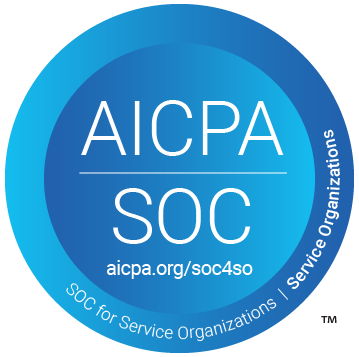From Order-Taker to Strategy-Maker
- How Workforce Intelligence Drives Revenue

A Practical Guide for HR Leaders to Link Talent Decisions to Business Impact
The Problem with Being Left Out of the Business Conversation
Too often, HR is handed a hiring number with no context—”find 10 underwriters”—as if people were just a plug-and-play resource.
There’s no discussion of revenue impact, talent availability, or future readiness. Just a headcount goal.
That’s how HR gets boxed out of business strategy.
But that dynamic is shifting. Workforce intelligence is giving HR a voice.
With access to rich skills data and real-time analytics, HR leaders are showing up with evidence, not just requests.
If planning still relies on last year’s org chart and turnover snapshots, HR stays in reactive mode.
Forward-thinking companies are trading in static reports for dynamic tools that connect talent moves to financial impact—linking workforce planning directly to growth opportunities and risk control.
Why Now: The Business Case for Strategic Workforce Intelligence
The performance gap is measurable:
- 58% more likely to beat revenue targets and cut labor costs by up to 20%—an estimated $6M savings per 100 FTEs (Phoenix Strategy Group, 2025).
- 8% boost in EBITDA reported by companies using AI-driven workforce planning tools (Gartner, 2024).
- External hires cost 1.5 to 2× more than internal moves and take two years to reach full productivity (Deloitte, 2024).
These aren’t abstract benefits—they’re operational levers CFOs and boards increasingly expect HR to pull.
The Shift: From Tactical Requests to Strategic Recommendations
Here’s what that shift sounds like:
Old Ask: “We need to hire 10 cyber underwriters in Q4.”
Strategic Response: “We’ve identified six internal candidates through mobility analytics. Redeploying them would save $1.2M and reduce onboarding time by 40%.”
Old Ask: “Who’s next in line for our senior actuary?”
Strategic Response: “We’ve mapped bench strength and flagged a $3M client-risk exposure tied to that role. Here’s our readiness rating and 90-day continuity plan.”
This is what strategic HR looks like in practice: proactive, quantified, and aligned with business value.
Real-World Proof: From Data to Dollars
A Fortune 500 restaurant group used workforce analytics to target retention efforts among revenue-critical roles.
The outcome? A 10% attrition drop, a 16% boost in customer satisfaction, and more than $12M in incremental revenue.
At Marriott, deploying skills intelligence across 8,600 hotels cut time-to-staff by 30%,
helping accelerate revenue generation across the network (Accenture 360-Value Report).
This is the impact when HR acts with data and speed.
What CEOs and CFOs Want to Hear
“We’ve secured 70% succession coverage in critical roles. That reduces operational risk and protects $22M in revenue.”
“A 33% increase in internal mobility is saving $3.6M in external recruiting and driving faster ramp times.”
They don’t want reports. They want options.
Where TalentGuard Fits
HR doesn’t have to build this from scratch. TalentGuard delivers:
- Live, role-level skills intelligence
- Succession insights and readiness scoring
- AI-powered internal mobility forecasts
And with WorkforceGPT, you can generate talent strategy narratives in plain language—ready for board slides, CFO briefings, or internal buy-in.
What to Do Next
Choose a single use case to get started:
- Pick a role with high churn or replacement cost
- Use TalentGuard to analyze bench readiness and skills fit
- Model the financial impact of internal vs. external placement
- Present your plan to leadership
Once you have that win, replicate it.
Final Thought
Strategic workforce planning isn’t an HR ambition—it’s a business necessity.
And the teams who lead with intelligence and speed won’t just support strategy. They’ll shape it.
Ready to move from order-taker to strategy-maker?
Start with TalentGuard.
Request a demo
See a preview of TalentGuard’s platform
Succession Planning Strategy
What’s Really at Stake When Key People Leave Succession planning isn’t a formality. It’s a financial strategy. In U.S. insurance carriers, the average senior underwriter is responsible for $3 million in premium revenue (McKinsey, 2025). Lose them without a clear successor, and a large portion of that book is immediately exposed. A UK benchmark study […]
Inside the Boardroom: How HR Becomes the Engine for Growth
The New Talent Strategy CFOs and CEOs Are Counting On The CEO Agenda Has Changed – And HR Needs to Be at the Center The C-suite is no longer asking, “Do we have enough people?” They’re asking: “Do we have the right capabilities to grow into new markets?” “How fast can we pivot if our […]
From Succession Crisis to Strategic Capability
Your best people are leaving. Your leadership pipeline appears to be a desert. Half your workforce will retire in the next decade without obvious successors. Sound familiar? You’re not alone. Most companies recognize they have an internal mobility crisis. The numbers don’t lie—50% of financial professionals lack succession plans, and 400,000 insurance workers will retire […]




